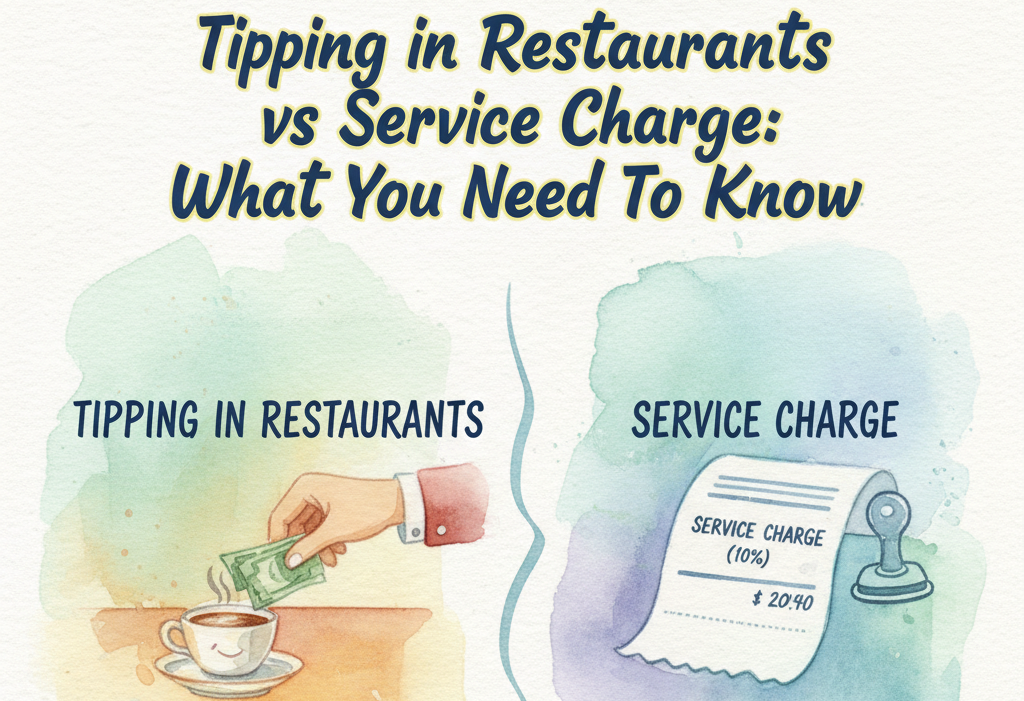In today’s digital age, the success of a restaurant isn’t solely reliant on its delectable cuisine or inviting ambiance. Establishing a robust online presence and garnering positive reviews are pivotal. Utilizing tools like Public Relations (PR) and Paid Advertising can significantly impact a restaurant’s visibility, drawing in a broader audience and targeting specific demographics. Let’s delve into the elaborate strategies a restaurant can take to harness the benefits of these tools.
Step 1: Crafting a Compelling Narrative
Before diving into PR or paid advertising, a restaurant needs a captivating story. This narrative should encompass the restaurant’s history, culinary specialties, unique ambiance, and the passion behind the menu. This forms the basis for PR efforts, ensuring a consistent and appealing message across different platforms.
Step 2: Building Relationships via PR
PR is about nurturing connections and fostering goodwill within the community. Restaurants can begin by identifying local media outlets, food critics, and influential bloggers. Engaging with these individuals involves offering complimentary meals, exclusive previews, or hosting events to showcase specialties. This cultivates relationships and encourages positive reviews and press coverage.
Step 3: Engaging with Local Media
Engaging local media involves sending out press releases about significant events, new menu additions, or unique initiatives. These releases should highlight what sets the restaurant apart, emphasizing its story, values, and community involvement. Personalized pitches to journalists and media outlets can further strengthen these connections.
Step 4: Partnering with Food Critics and Bloggers
Collaborating with food critics and bloggers requires a tailored approach. Offering them a memorable dining experience and encouraging them to share their thoughts on social media or their platforms can amplify the restaurant’s visibility. Providing exclusive access or behind-the-scenes experiences can further incentivize positive reviews.
Step 5: Embracing Paid Advertising
While PR focuses on relationships, paid advertising targets a specific audience. Utilizing platforms like Google Ads allows restaurants to target users searching for specific cuisines or dining experiences. Social media ads, especially on platforms like Instagram and Facebook, enable precise demographic targeting based on interests, location, and behaviors. Additionally, partnering with food delivery apps can expand reach to potential customers actively seeking dining options.
Step 6: Crafting Engaging Advertisements
Compelling ad content is crucial. Visuals showcasing mouthwatering dishes, captivating videos highlighting the restaurant’s ambiance, and enticing offers can attract attention. Ensuring consistency between the ad content and the restaurant’s brand message is imperative for a lasting impact.
Step 7: Analyzing and Adjusting Strategies
Constant evaluation is key. Analyzing PR efforts through media monitoring tools and tracking ad performance metrics allows for informed decision-making. Adjusting strategies based on these insights ensures optimization and maximizes ROI.
Step 8: Leveraging Customer Testimonials
Satisfied customers are powerful advocates. Encouraging reviews on platforms like Yelp, Google Reviews, or TripAdvisor and showcasing positive testimonials on the restaurant’s website and social media profiles can significantly influence potential diners.
Combining PR and paid advertising allows restaurants to create a comprehensive strategy for increasing visibility and attracting patrons. By establishing meaningful relationships through PR and strategically targeting audiences through paid advertising, restaurants can amplify their brand presence, leading to increased foot traffic and sustained success.
Reference:
- Smith, J. (2021). “The Power of Public Relations in the Restaurant Industry.” Restaurant Business Magazine. Retrieved from [Link]
This comprehensive approach, integrating PR and paid advertising, empowers restaurants to stand out in a competitive landscape, making a lasting impression on potential customers and driving business growth.
Leveraging PR and Paid Ads
leveraging PR and paid advertising can significantly enhance visibility and attract a wider audience. Let’s delve deeper into tailored strategies for Malaysian restaurants, providing examples and active links to assist in their endeavors.
1. Understanding Malaysian Culinary Diversity
Malaysia boasts a rich culinary heritage with diverse influences from Malay, Chinese, Indian, and indigenous cultures. A Malaysian restaurant can highlight its unique fusion of flavors and cultural diversity as a key selling point in PR efforts and advertisements.
Example: Kuala Lumpur-based “Nasi Lemak” restaurant could emphasize its traditional recipes passed down through generations, showcasing the authenticity of its dishes.
2. Building Relationships with Local Media and Food Bloggers
Engaging with local media outlets such as The Star, New Straits Times, or lifestyle magazines like Time Out Kuala Lumpur can help restaurants gain exposure.
Example: Inviting food editors or journalists for a tasting session to showcase the restaurant’s signature dishes and the story behind them.
Partnering with influential Malaysian food bloggers and social media influencers can also amplify the restaurant’s reach among the digitally savvy audience.
Active Link: Websites like EatDrinkKL or Malaysian Flavours list reviews and features on various restaurants. Establishing connections with these platforms can be beneficial.
3. Showcasing Malaysian Cuisine Through Events
Hosting events that celebrate Malaysian culture or festivals, such as a Raya Open House or Chinese New Year dining experiences, can attract both locals and tourists.
Example: A Penang restaurant organizing a “Hawker Night Market” event featuring popular street food delights like Char Kway Teow and Penang Laksa.
4. Utilizing Paid Advertising on Social Media and Food Delivery Apps
Targeted advertising on platforms like Facebook, Instagram, and TikTok allows restaurants to reach specific demographics based on interests and location.
Example: Creating visually appealing ads featuring colorful Malaysian dishes and promoting special offers or discounts to attract local customers.
Collaborating with food delivery apps like GrabFood or Foodpanda can expand the restaurant’s reach to customers looking for convenient dining options.
Active Link: Direct links to advertise on platforms like Facebook Ads Manager or Google Ads can assist in setting up targeted campaigns.
5. Leveraging Customer Reviews and Testimonials
Encouraging satisfied customers to leave positive reviews on platforms like TripAdvisor, Zomato, or Google Reviews can significantly influence potential diners.
Example: Offering incentives such as discounts on the next visit in exchange for leaving a review can motivate customers to share their experiences.
Active Link: Providing guidance on how to encourage and manage online reviews effectively, such as through review management tools like ReviewTrackers or Podium.
Conclusion
In conclusion, Malaysian restaurants can elevate their visibility by celebrating their diverse culinary offerings, forging relationships with local media and influencers, hosting engaging events, strategically utilizing paid advertising, and leveraging positive customer reviews. Implementing these strategies while emphasizing the unique aspects of Malaysian cuisine can help restaurants stand out and thrive in a competitive market.
References:
These references provide insights and reviews that Malaysian restaurants can explore to understand successful marketing strategies and gain exposure in the local dining scene.




